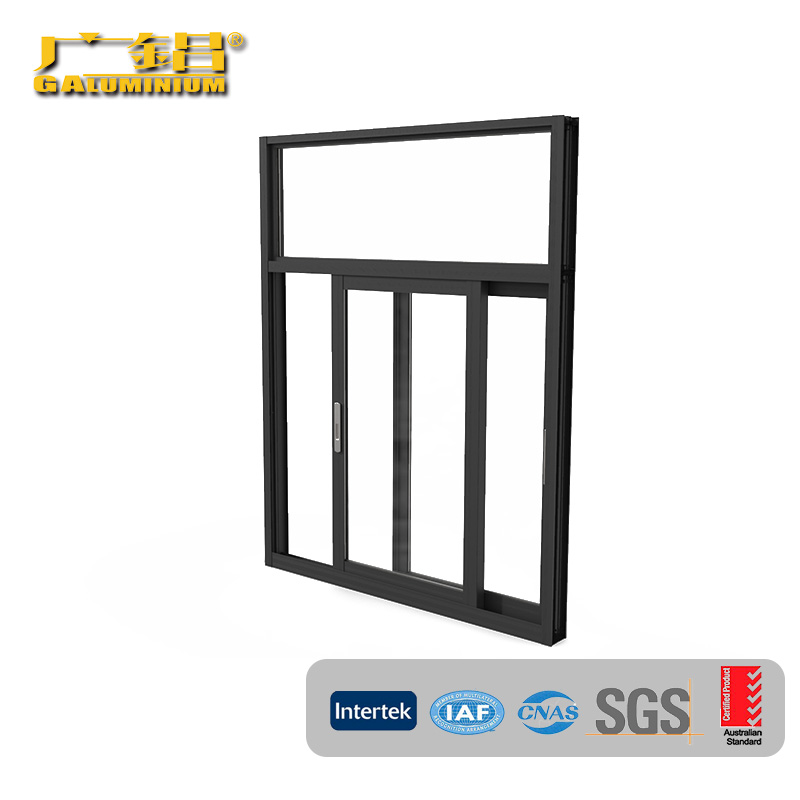Features and Components of a Thermal Break Sliding Door
2024-06-24
A thermal break sliding door is a type of sliding door system designed to enhance thermal insulation and energy efficiency in buildings. Here are the key features and components of a thermal break sliding door:
1. Frame Construction: The frame of a thermal break sliding door is constructed using materials that have a thermal barrier or break between the interior and exterior surfaces. This barrier prevents heat transfer through the frame, reducing thermal conductivity and improving insulation.
2. Materials: Common materials used for thermal break frames include aluminum and uPVC (unplasticized polyvinyl chloride). Aluminum frames typically have a polyamide (PA) thermal break, while uPVC frames inherently offer better thermal insulation properties.
3. Double Glazing: Thermal break sliding doors often incorporate double or triple glazing in the sliding panels. These glass panels are separated by air or gas-filled spaces that act as additional barriers against heat transfer.
4. Sealing and Weatherstripping: Effective sealing and weatherstripping around the sliding panels and frame joints are essential for minimizing air leakage and further improving thermal performance.
5. Energy Efficiency: By reducing heat loss or gain through the door, thermal break sliding doors contribute to energy savings and maintain indoor comfort by stabilizing indoor temperatures.
6. Design and Aesthetics: Thermal break sliding doors come in various designs and configurations to suit architectural styles and functional requirements. They can feature large glass panels for unobstructed views and can be customized with different finishes and colors.
7. Security and Durability: Quality thermal break sliding doors are durable, weather-resistant, and often incorporate robust locking mechanisms for security.
8. Applications: These doors are commonly used in residential homes, commercial buildings, and high-performance construction projects where energy efficiency and aesthetic appeal are priorities.
When choosing a thermal break sliding door, consider factors such as thermal performance ratings (U-value and SHGC), sound insulation properties, maintenance requirements, and compliance with building codes and standards. Proper installation by experienced professionals ensures optimal performance and longevity of the door system.



